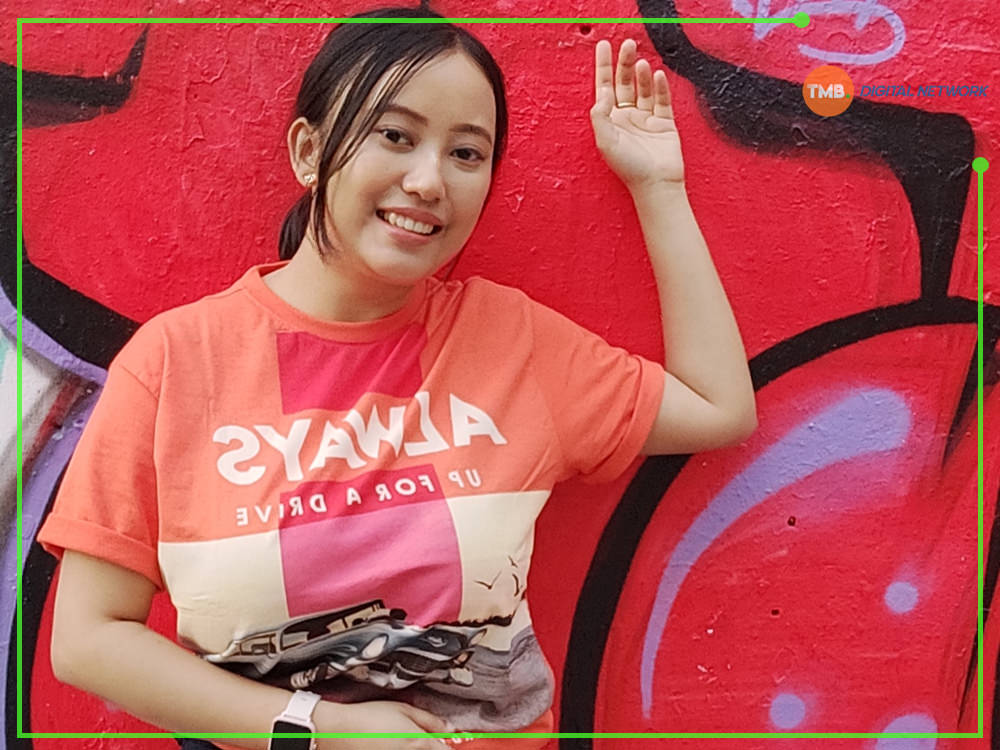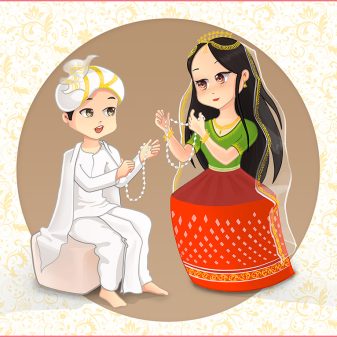
International Women’s Day is celebrated every year on March 8. It aims to raise awareness about the importance of gender equality and prevent gender-based discrimination. The day also focuses on issues such as violence against women and reproductive rights.
When was International Women’s Day first celebrated?
The concept of International Women’s Day emerged during the early 1900s as a response to the struggles for women’s rights in various industrializing nations.
In 1909, the Socialist Party of the US established the first National Women’s Day. It was observed on the last Sunday in February.In 1911, the concept of an International Women’s Day was approved by delegates at a conference in Denmark. In various European countries, women held rallies and marched in support of their right to vote and gender equality.
The date of March 8 has been used as the base for International Women’s Day since 1914. It is in line with the Russian tradition of observing the day on February 23. In 1975, the UN officially recognized the occasion.
The theme for IWD 2023 is “#EmbraceEquity,” which aims to encourage people to think about why they aren’t receiving equal opportunities. It also aims to spark important conversations about how to make sure that everyone is treated fairly.
What is the difference between equality and equity?
We believe that everyone should be treated equally. This concept is referred to as equality, and it means that we provide everyone with the same opportunities and resources. On the other hand, equity means that we take into account the specific needs of a group or individual.
Although we often seek equal opportunities, this can actually lead to exclusion. A bike cannot fit everyone. To enable everyone to ride, we need to provide them with the appropriate equipment.
Equality refers to the recognition of rights, opportunities, and status. On the other hand, equity is the process of attaining these things through impartiality and fairness. When it comes to establishing a level playing field, equality sets the rules, but equity ensures that everybody can participate.
What does equity mean for women’s rights and opportunities?
Understanding the difference between equality and equity helps people understand its significance. While granting women equal rights is a step in the right direction, it is also not enough to eliminate all existing inequalities.
The World Economic Forum’s 2022 report on the global gender gap shows that it will take 132 years for the issue to be resolved. As a result, the risk that the situation will get worse is growing.
The term gender parity is linked to this year’s theme of “embracing equity”. Understanding the concept of equity is very important.
What is Gender Parity?
A numerical representation of the opportunities that are available to everyone, gender parity is used to describe the various aspects of a country’s education and income systems. Currently, no nation has attained gender parity. However, Iceland has closed the gap with 90.8%.
Although gender parity is an important component of gender equality, it is only one element of the equation. There are also many policy changes that need to be made in order to achieve true equality.
Gender Equality vs Gender Equity
Regardless of gender, gender equality is a concept that refers to the equal access to opportunities and resources. Gender equity refers to the equal treatment or benefit that is equivalent to certain privileges or rights.
Understanding the various terms related to gender equality is very important to ensure that women are treated fairly in the workplace. This is why organizations such as IWD are calling for the establishment of gender equity programs.
International Women’s Day should be inclusive of all women
International Women’s Day was established in 1900 to urge for equality. Since then, it has been a platform for fighting for women’s rights, including the right to vote and better workplace conditions. In 2023, it is still important that people remember that this is for all women.
The efforts to exclude trans women from International Women’s Day are contrary to its very essence. It’s about fighting for equal rights and uniting women.
IWD is not focused on cisgender women. Instead, it’s about ending discrimination against women of all backgrounds, including working class women, marginalised women, transgender individuals, and those with different sexual orientations and gender identities.
The women’s movement is more relevant and stronger if it includes all members, not just white, middle-class, and cisgender females.
Women’s financial inclusion can be further enhanced by the use of technology
Women can now become more financially independent through a variety of financial products and services, such as micro-loans, micro-insurance and micro-savings. These will allow them to improve their own decision-making skills and make more investments in their families. Having financial inclusion goes beyond merely owning a bank account. It involves saving for future business or personal goals, as well as being able to access remittances or payments when required. There is a lot of work to be done to achieve this, as tech platforms that offer various micro-savings, loans, insurance, and deposits are very important.
Over 60% of women prioritize their children’s education and family security over other goals such as retirement and starting a business.
Only 2% of women are saving for their retirement, and almost 60% of them don’t have insurance. A shocking 92% of women don’t have access to financial platforms.The need for a pioneering digital financial services platform that can address the inequality and the gap in financial services is immense. Neo Banking will be able to do so by integrating various financial technology platforms such as wealth management, lending, payments, and banking.
Financial products have been designed to keep men in mind for a long time. This has led to a low percentage of women being able to access generic financial services.
According to the Global Findex Data released by the World Bank on June 29, 2022, India is one of the seven countries that has around half of the world’s population that does not have access to formal banking. Women are also more likely than men to be unbanked.
Each year, International Women’s Day provides a framework for addressing the various areas that need attention. This year’s theme, “DigitALL,” aims to address the technology gap.
The digital divide needs to be addressed
The importance of protecting women’s rights online and in digital spaces is acknowledged.To address this issue, we need to bring together marginalized groups such as women and girls into the digital age.
According to a report released by the United Nations, the lack of women in the digital world has cost low- and middle-income countries around $1 trillion in lost economic output. Without urgent action, the gap between the countries’ gross domestic product and their potential will grow to over $1.5 trillion by 2025.
According to the report, there are significant inequalities in employment and education in STEM fields. Young women are more likely to enter higher education than young men. Women make up only 35% of students in STEM subjects, while 3% of them in communication and information technology studies.
Women can still achieve success at home, in business, and in society. A single day is not enough to celebrate every woman’s success. An every-day affair should be held to honour and celebrate them.
(The writer is a Wellness Professional,Founder of Freedom From Mental Illness (FFMI). She is a recipient of “Netaji Subhas Chandra Bose Memorial Award” from the OBC commission, Govt of NCT Delhi . She can be reached at speak2ffmi@gmail.com)





